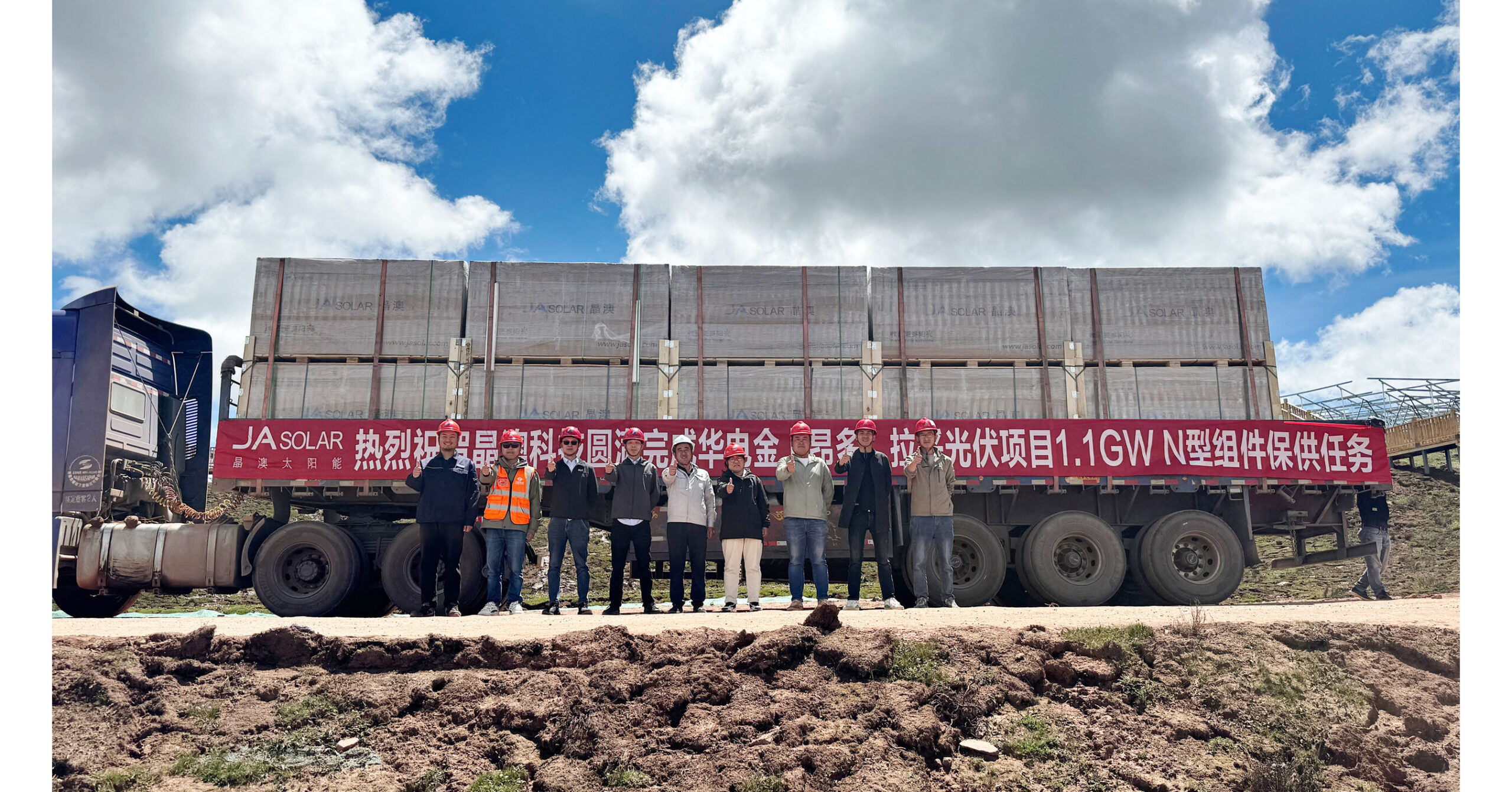Wood Mackenzie’s latest report reveals that China’s relentless focus on renewables positions the nation to halve power prices compared to the United States and Europe. The report highlights the potential installation of 230 gigawatts (GW) of photovoltaic (PV) and wind capacity in 2023, accompanied by an ambitious plan to export over 200 GW of solar panels.
Renewables Driving Economic Advantage
China’s strategic expansion in solar module production capacity and PV installations proves instrumental in maintaining low, stable power prices. Unlike Europe and the United States grappling with rising PV curtailment and inflation, China’s energy transition is deemed a virtuous circle marked by falling interest rates, low energy costs, and fierce price competition.
Key Factors Behind China’s Success
Wood Mackenzie’s analyst, Sharon Feng, attributes China’s success to its expansive domestic scale and robust export growth, effectively overcoming cost inflation challenges observed in other markets. The country’s solar manufacturing prowess and reduction in solar module costs contribute to its competitive edge in global trade.
Remarkable Curtailment Reduction and Growth Projections
PV and wind curtailment in China saw a notable decrease from over 10% before 2020 to 4% in 2022. While a slight increase is anticipated next year, analysts believe it will remain manageable. China’s 2023 projections include installing 230 GW of new PV and wind capacity, surpassing both Europe (75 GW) and the United States (40 GW).
Strategic Energy Storage and Transmission Plans
China is set to achieve a cumulative grid-connected energy storage capacity of 67 GW in 2023, with ambitious plans to expand to 300 GW by 2030. The report emphasizes the role of long-distance transmission lines exceeding 1,000 km, unlocking over 100 GW of renewables development in inland China. Additionally, around 100 GW of flexible plants are designed to support renewable energy backup.
Eclipsing Coal with Renewable Investments
Wood Mackenzie notes that China’s investment in renewables and supporting infrastructure surpasses that in coal power by a significant margin. Over the past five years, the share of coal in power generation has dropped by 10 percentage points, reaching about 55%. Renewables account for 80% of this reduction, with the remainder primarily replaced by nuclear power.
China’s strides in renewables underscore not only its commitment to sustainable energy but also its emergence as a global leader, reshaping the energy landscape with ambitious targets and innovative strategies.
Source: pv-magazine.com





